Water activity and life in water - 3D model
We started with the making of 3D model in October 2019.

The model consists of wooden frame and wooden background. Then we add plastic lake inside a model. We started to create the mountain model.

The parts of relief (valeys, tarns, waterfalls and river terraces were made from gypsum and spatula.

We created three head - waters conected into ona large and long river which leads water to the lake.

Water cycle is provided by pump with tube system.
Excursion - National Park Poloniny
The peak of National Park Poloniny is the watershed between the watercatchment area of the river Visla in Poland and the watercatchment area of the river Cirocha which belongs to river basin Laborec. This peak and the Slovak - Polish border are the watershed between sea - basin of Baltic sea and Black sea.



The first biomonitoring of our adopted part of the river in 2019
The last day of September was very beautiful so we decided to use it for our project activities and went to our adopted part of the river Laborec.
Our activities were focused on biomonitoring and the presence of some small insecta but also small vertebrates in the river and near the river.
We took some samples of the water for subsequent microbiological analysis.



The first biomonitoring_Laborec
The third and final project year_2019/2020
We are starting the last project year with the schedule of the project activities and we hope we will achieve all the goals we set in our application form.

Project in its last project year
National activities of the Slovak project team
World Water Day 2019
WWD was a big event for us. We decided to share our classmates the knowledge and experiences we have achieved so far.

Project students taugh their classmates from different classes how to use laboratory kit for water quality analyses.

They explored three samples of water from three different sources (water bodies).
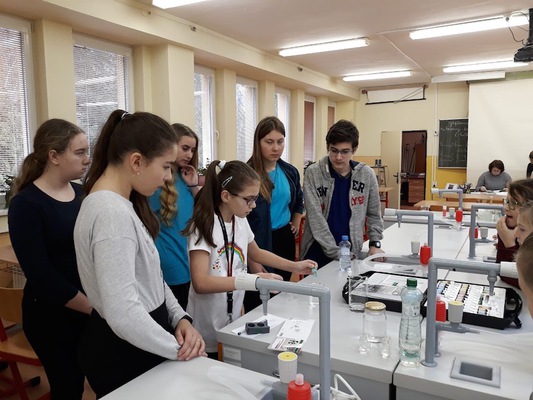
Activating the students during the lessons is very important for the teacher so Peer to peer method was used during all biology lessons in this day.

We hope, that every student who participated in these lessons left the biology classroom with the necessary knowledge not just about the principles of water quality analyses....

... but also about the increased ecological awareness and knowledge why is it important to save the water.

available in Slovak language on the school website
World Water Day 2019
Dragonflies models
Dragonflies (Odonata) are a very ancient group of insects (Insecta class).
Dragonflies inhabit almost all sweet, standing and running water. We can not find them only on very polluted or extremely unsuitable places (too cold, little shelter). Typical biotopes are streams, rivers, ponds, dams, peat bogs, canals, etc. In tropical rainforests, some species also live in water filled with tree cavities and blooms of rose bromela. Very few species tolerate brackish water, dragonflies do not live in salty water at all. (source: www.vazky.sk)

In the last school year, pupils from class 6.c took part in a worshop that was organized by the Vihorlats Museum with Aqua Vita - Living Water (Wetwater Protection Society). During this workshop, the pupils learned a lot from the life of dragonflies, sticks and skewers, had the opportunity to play a game as they were these kinds of insects and virtualy search for food, they folded a puzzle.

To restore our knowledge and take advantage of pupils' creativity, before we come to observe this group of insects near our "adopted" Laborec River, we have been makin dragonflies on Biology lesson. For making them, we used lingerie, colourful beads and sequins, foil, plastic spoons, creative wires, and eyes. Each dragonfly made in this way is unique and beautiful, just as it is in nature. Maybe therefore the dragonflies are still inspiring people to make jewelery and ornaments.
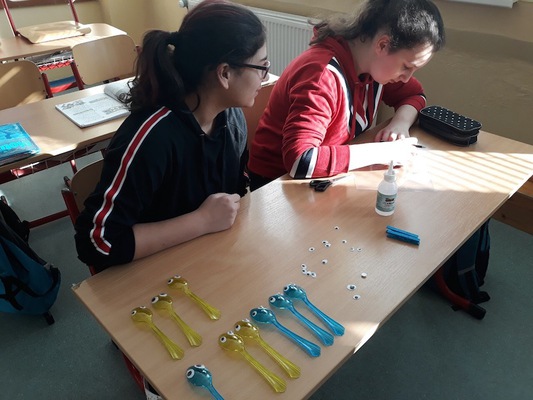
available in Slovak language on the school website
Models of Dragonflies
Waste water treatment model
In our school, we try to teach children how to use drinking water in a friendly way - not to let water flow in washbasins or toilets, we teach them to try to manage this rare liquid at home too - replace long bath with shower, stop flowing water while cleaning teeth, use rainwater to water gardens and flowers.

In Biology lesson, we tried to make simple models of wastewater treatment plants from plastic bottles with pupils. We used a piece of cloth and filter paper as filters.


Here is the students presentation How to make model of wastewater treatment plan
How to make a simple model of wastewater treatment plant.pdf
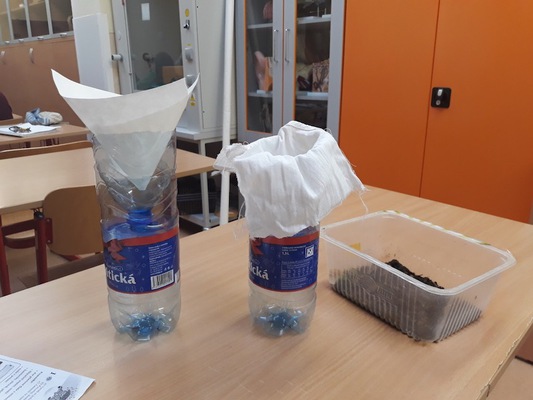
The article about this project activity is available in Slovak language on the school website
Model of wastewater treatment plant
World water day_ 2018
Water is the most precious liquid we have. We should take care of it.
At our school we prepare different activities for this day – creative lessons with the theme Water, writing essays about saving water, importance of water, reducing the usage of water...
But this year -On the World Water Day- we decided to be more connected with it. We did not to be theoretical, but to be practical. We decided to help to clean the banks of our „adopted“ river Laborec.

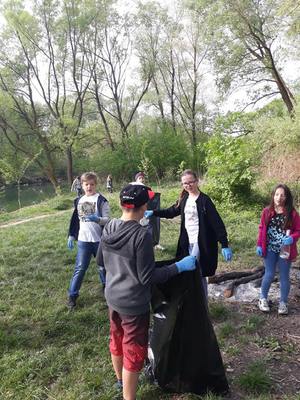

Many people enjoy the nice sunny days by the river, but they forget to take the rubbish back home. So the banks are full of waste – plastic and glass bottles, cans, plastic plates and glasses, old magazines and newspaper...Our students took action and collected all the rubbish and separate it. They could see the importance of being friendly to nature. They want to walk along nice river, not along ladfill.
The more we educate students about their resposibility for the nature, the more they respect it.
more info is available on our school website in Slovak language
World Water Day_2018
The river profile of the Laborec River
Mappings are map or field curves connecting points with the same altitude. In locations where the contours are denser with each other, the terrain has the highest elevation. Elements begin to measure at a zero point from the nearest sea or ocean.
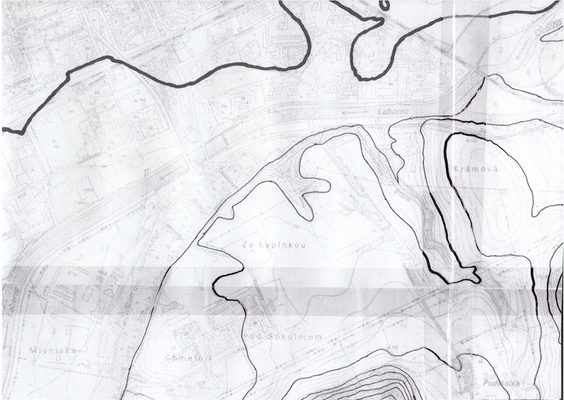
On the basis of contour maps, from which we redrawn and cut out individual contour layers, we gained the height profiles of the Laborec River section.

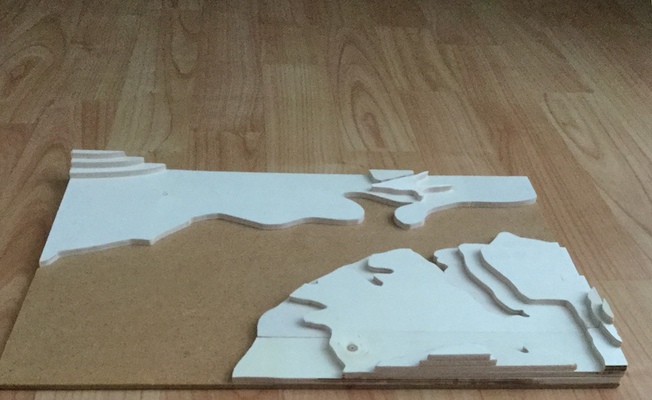
available in Slovak language on the school website
The river profile_School website